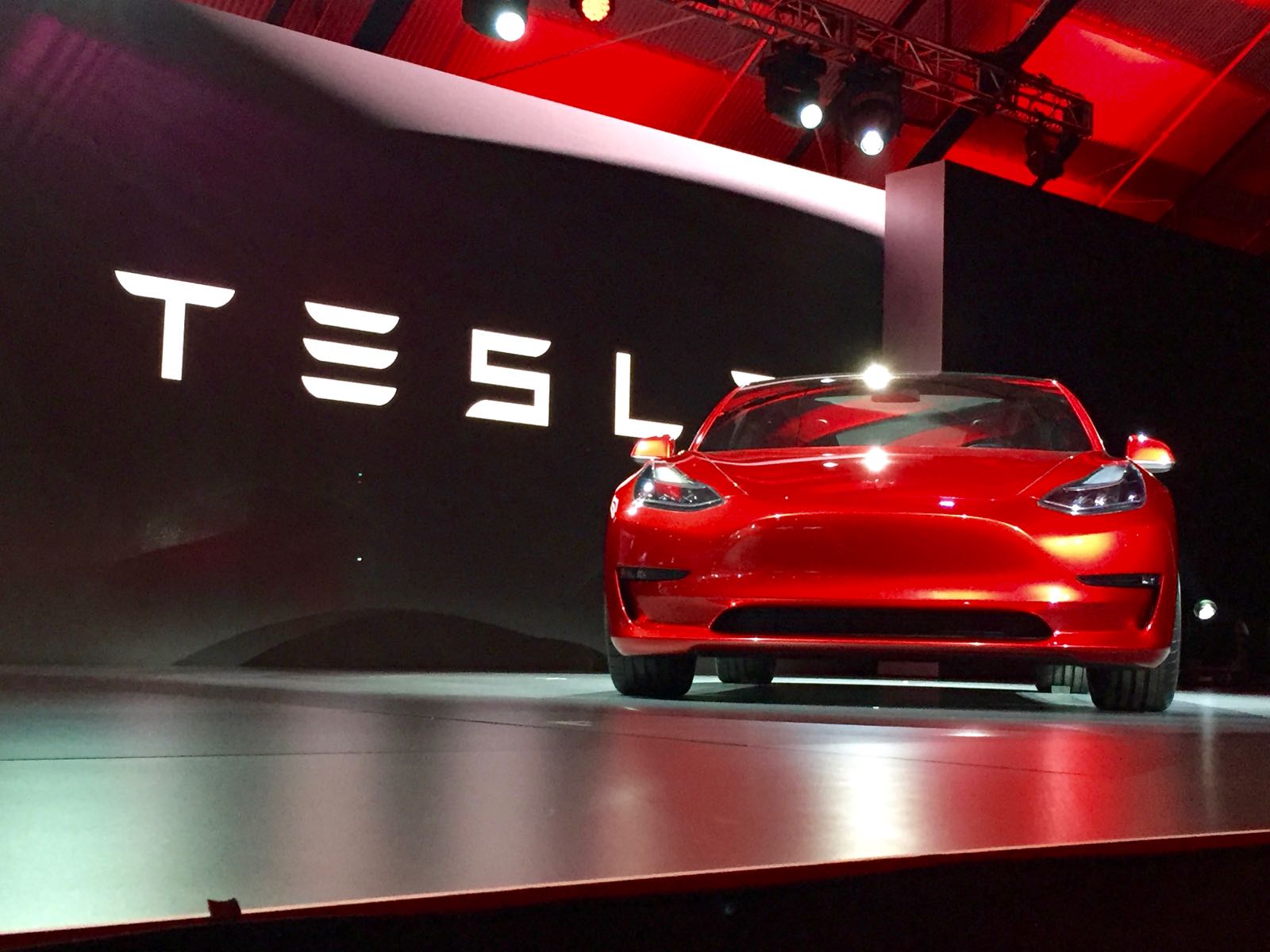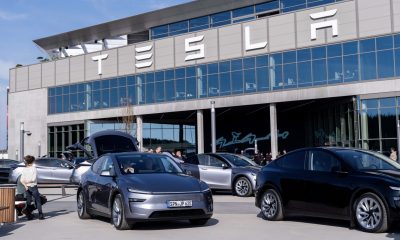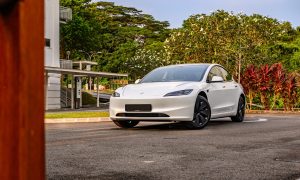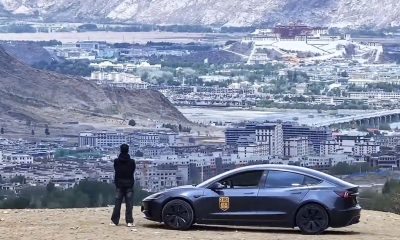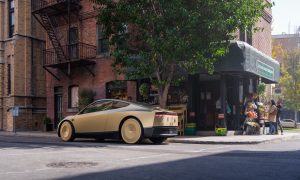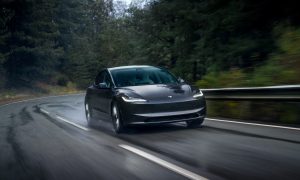News
Tesla Model 3 has an important upper middle class audience to please
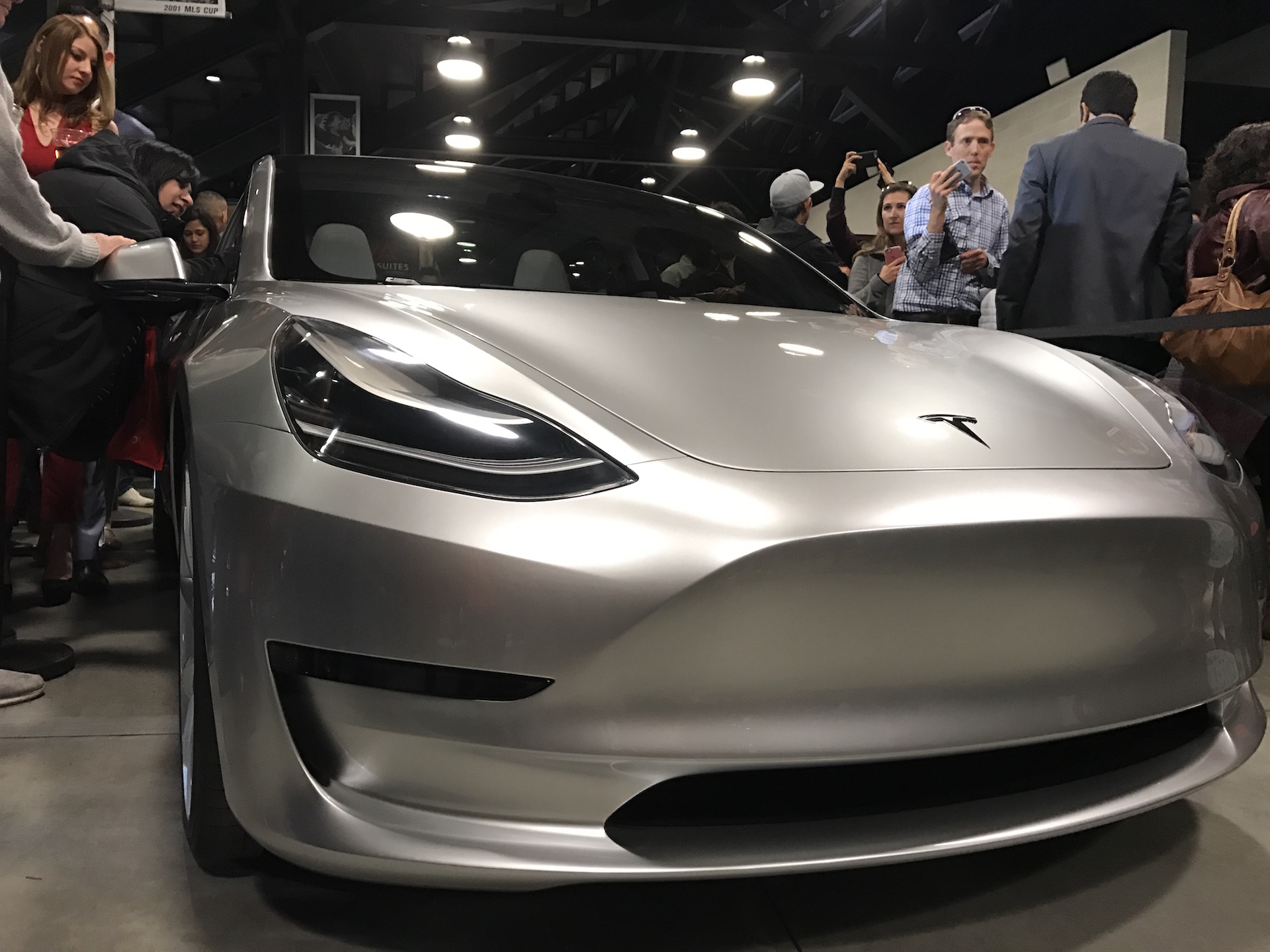
As Elon Musk continues to focus on his top 3 priorities for Tesla, emphasis on preparing for Model 3 production – arguably the most important vehicle in the company’s history – couldn’t be more pertinent.
The Model 3 will be emblematic of Tesla’s capacity to offer a highly safe and efficient means of transport for a middle to upper middle class segment that largely depends on vehicle reliability in order to commute. It looks like these upwardly mobile folks are buying into that Tesla promise (pun intended): by October 2016, nearly 400,000 reservations had already been placed on the Tesla Model 3.
Starting at $35,000 before incentives, the Model 3 will achieve a minimum of 215 miles of range per charge and has been designed to attain the highest safety ratings in every category. According to the Tesla website, “The Model 3 combines real world range, performance, safety, and spaciousness into a premium sedan that only Tesla can build.” Potential Model 3 buyers make a reservation through the company’s website by putting down a $1000 deposit. The Model 3 has a starting price of about half the base price of the flagship Tesla Model S and has the size and stance of the Mazda 3.
Jessica Caldwell, an Edmunds.com analyst, argues that, if Tesla Motors wants “to bring the EV to the mass market, they need the Model 3 to be successful.”
The Model 3 will be a sedan, although other versions may one day include a Model Y compact SUV. Base rear-wheel-drive Model 3 vehicles are expected to achieve at least 215-miles of range; all-wheel drive will be offered, and a larger battery capacity with longer range is expected. Tesla’s Full Self-Driving Capability is also expected to be a standard offering.
“This is their chance to prove that they are not just a specialized niche automaker, but actually a long-term volume automaker,” said Karl Brauer, an analyst at Kelley Blue Book. “They have to establish that they can build a high-quality volume vehicle.”
Being upper middle class is a swirling confluence of financial comfort, identity, dreams, and lifestyle options. The Tesla Model 3 may very well become one of the most significant markers of status stability, with its associated components of having a college education, white-collar work, economic security, and home ownership. Soon, many upwardly mobile consumers will be adding “owning a Tesla” to that definition. Indeed, fewer than 5% of reservation holders are likely to choose a minimalist entry level Model 3 car. By contrast, close to 7% say they intend to check every available check box in the Model 3 Design Configurator once it becomes available.
If there’s an option available, the future upscale Tesla Model 3 audience will get it, as the number of options will be new indicators of levels of wealth and class.
Of course, these soon-to-be Tesla owners will have high expectations for all aspects of the Tesla process. First production of Model 3 is still scheduled for mid 2017, while delivery estimates for new reservations are expected to take place mid 2018 or later. Musk admitted that Tesla had hubris in designing and engineering the complicated Model X. As a result, Tesla learned a lot about selling, building, and delivering, which it applied to the Model 3 with much greater production streamlining. “With any new technology, it takes multiple iterations and economies of scale before you can make it affordable,” Musk has said. A mass-market car “was only possible to do . . . after going through the prior steps.”
The Model 3 is the next step in the learning process, but Tesla has done the preparation.
The Model 3 was unveiled in March of 2016 with operational prototype cars. In anticipation of much higher delivery numbers associated with the Model 3, Tesla hired former Audi executive Peter Hochholdinger as its Vice President of Vehicle Production. Hochholdinger had been in charge of production for the A4, A5, and Q5 vehicles, with around 400,000 vehicles per year under his watch. He should be a key asset as Tesla looks to roll out Model 3s in quantities that far exceed the number of cars the company has made to date.
Tesla has dealt lately with some supplier issues and has brought production of some components in-house. Other components, however, continue to be manufactured by established companies. For example, reports indicate that the Model 3’s center touchscreen will be supplied by LG Display.
By spring 2017, Model 3 photos and videos — shot both by bystanders and insiders — should start to circulate. Eventually, too, the government will need to ascertain the safety of Model 3 via crash-testing, and resulting reports will have a big impact on eventual delivery dates.
The Model 3 sedan will use some of the same glass technology that the company is using for its solar roof tiles, which should introduce an upper middle class audience to new ways of thinking about residential energy systems. The Model 3 is said to accelerate with an alluring still rush. It is just that rush— as well as zero-emissions and self-driving capability— that the upper middle class market has been awaiting.
News
Tesla announces massive new achievement with 8 million cars produced
Tesla’s 8 millionth car comes just 8 months after it built its 7 millionth car.
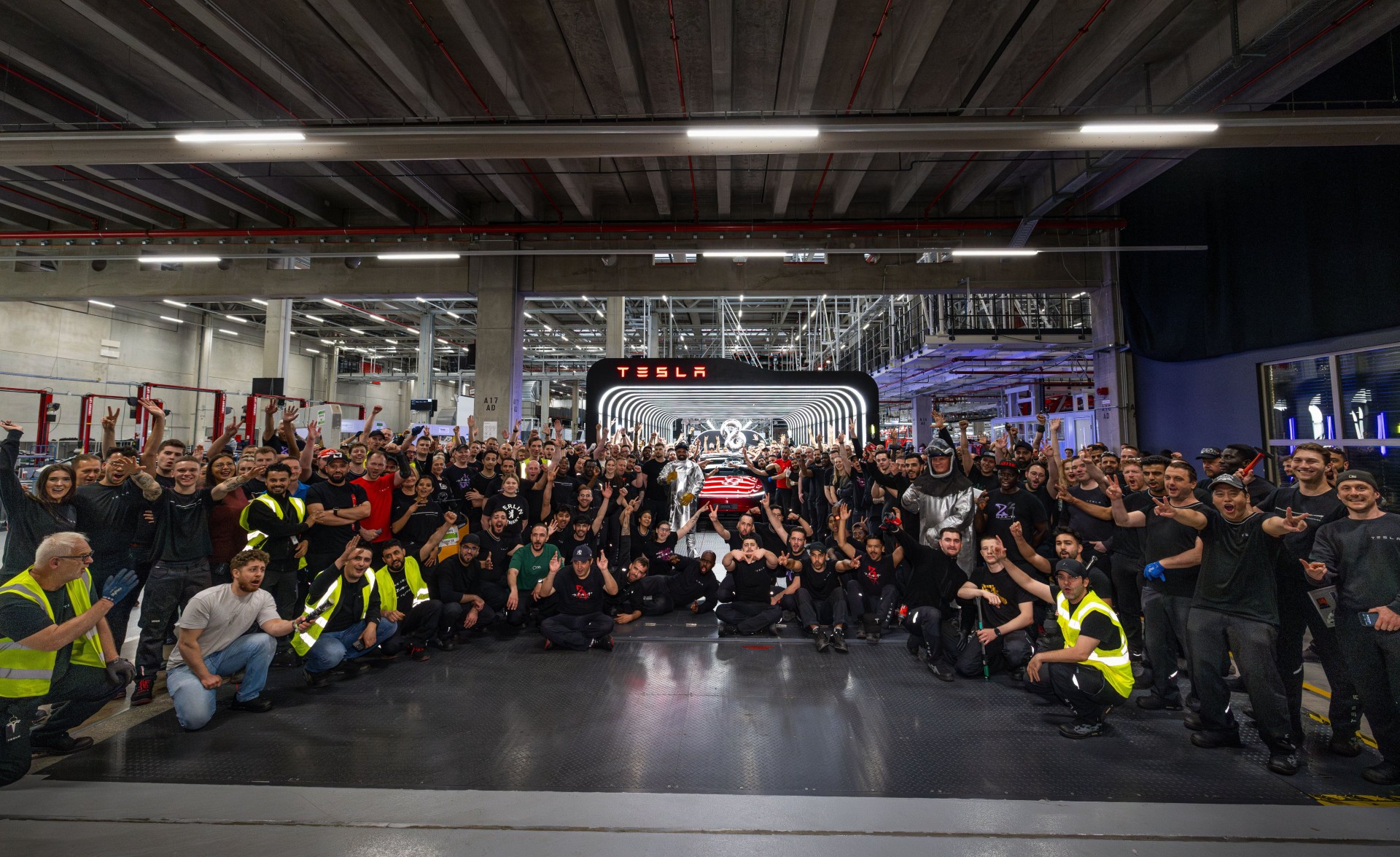
Tesla announced a massive new achievement in relation to its automotive division as it has officially built 8 million cars globally.
The 8 millionth car rolled off production lines at Gigafactory Berlin on Friday, the company announced. The car was an Ultra Red Model Y, images show:
Produced our 8 millionth vehicle at Giga Berlin pic.twitter.com/gv1moWhwTH
— Tesla (@Tesla) June 6, 2025
The car comes just about eight months after Tesla built its 7 millionth car at the Fremont Factory last October, a major accomplishment considering the claims of a lack of demand from the media.
Additionally, Tesla was able to achieve this major threshold with a stoppage in production at each of its four production facilities earlier this year. The manufacturing halt was attributed to a production line changeover for the new Model Y crossover.
The car has been the best-selling vehicle in the world for two consecutive years, and the company pausing production for two weeks, yet still managed to produce one million cars in eight months is impressive.
Tesla currently only produces the Model Y at Gigafactory Berlin, but the car is also manufactured at Gigafactory Shanghai, Gigafactory Texas, and the Fremont Factory.
It is the only model to be produced at all four of Tesla’s global manufacturing plants, which span across three different continents.
Elon Musk
Elon Musk and Donald Trump to speak with each other Friday: report
White House aides have scheduled a call between the CEO and U.S. President on Friday.

Elon Musk and Donald Trump’s feud seems to be thawing, at least to some degree.
As per a recent Politico report, White House aides have scheduled a call between the CEO and U.S. President on Friday.
Musk vs. Trump
Musk turned into a staunch critic of Trump amidst the administration’s efforts to pass the “Big Beautiful Bill,” which the CEO claimed would add trillions to the country’s deficit. Trump, for his part, claimed that Musk turned on him due to the adverse effects of the proposed bill on his companies.
The spat between the two powerful men became so notable that Musk called for the impeachment of Trump on X. He also claimed that Trump was in the Epstein list. The U.S. President, for his part, threatened to cancel billions of dollars worth of government contracts with Musk’s companies such as SpaceX.
Potential Truce
As per Politico, however, White House aides have stepped in to temper the tensions and broker peace between the two powerful men. When asked by the outlet about his ongoing feud with the CEO, Trump reportedly stated that “it’s okay” and that “it’s going very well, never done better.” The U.S. President also highlighted his favorability ratings, stating that his “numbers are through the roof.”
While the CEO was very aggressive against Trump in his X posts, he did back down somewhat after some time. When hedge fund manager Bill Ackman argued that Trump and Musk should make peace for the benefit of the United States, the CEO responded with, “You’re not wrong.” Musk also walked back on his decision to decommission SpaceX’s Dragon spacecraft, which is essential to NASA’s operations.
Investor's Corner
Goldman Sachs reduces Tesla price target to $285
Despite Goldman Sach’s NASDAQ: TSLA price cut to $285, Tesla boasts $95.7B in revenue & nearly $1T market cap.
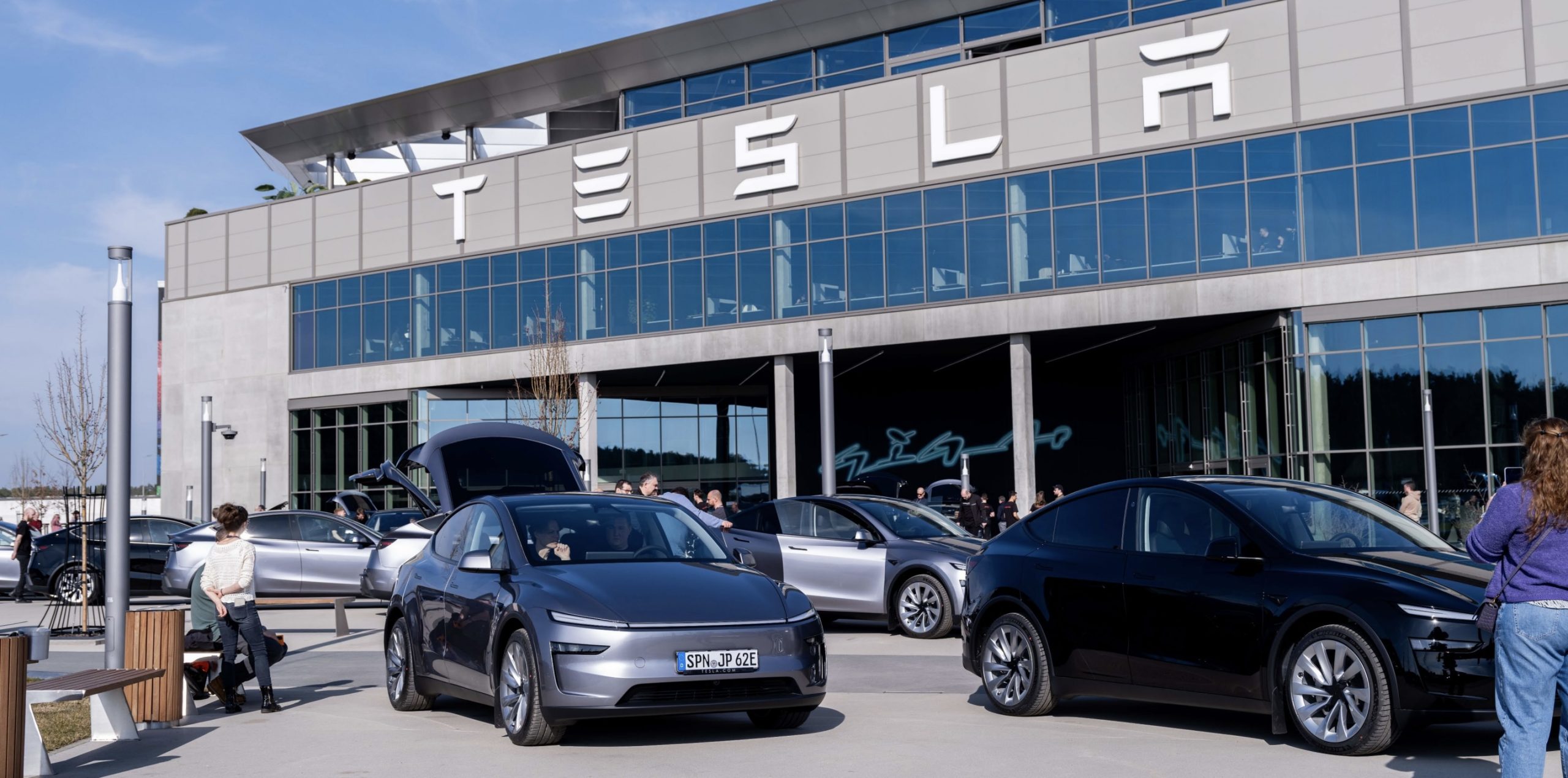
Goldman Sachs analysts cut Tesla’s price target to $285 from $295, maintaining a Neutral rating.
The adjustment reflects weaker sales performance across key markets, with Tesla shares trading at $284.70, down nearly 18% in the past week. The analysts pointed to declining sales data in the United States, Europe, and China as the primary driver for the revised outlook. In the U.S., Tesla’s quarter-to-date deliveries through May fell mid-teens year-over-year, according to Wards and Motor Intelligence.
In Europe, April registrations plummeted 50% year-over-year, with May showing a mid-20% decline, per industry data. Meanwhile, the China Passenger Car Association (CPCA) reported a 20% year-over-year drop in May, despite a 5.5% sequential increase from April. Consumer surveys from HundredX and Morning Consult also shaped Goldman Sachs’ lowered delivery and EPS forecasts.
Goldman Sachs now projects Tesla’s second-quarter deliveries to range between 335,000 and 395,000 vehicles, with a base case of 365,000, down from a prior estimate of 410,000 and below the Visible Alpha Consensus of 417,000. Despite these headwinds, Tesla’s financials remain strong, with $95.7 billion in trailing twelve-month revenue and a $917 billion market capitalization.
Regionally, Tesla’s challenges are stark. In Germany, the German road traffic agency KBA reported Tesla’s May sales dropped 36.2% year-over-year, despite a 44.9% surge in overall electric vehicle registrations. Tesla’s sales fell 29% last month in Spain, according to the ANFAC industry group. These declines highlight shifting consumer preferences amid growing competition.
On a positive note, Tesla is making strategic moves. The Model 3 and Model Y are part of a Chinese government campaign to boost rural sales, potentially mitigating losses. Piper Sandler analysts reiterated an Overweight rating, emphasizing Tesla’s supply chain strategy.
Alexander Potter stated, “Thanks to vertical integration, Tesla is the only car company that is trying to source batteries, at scale, without relying on China.”
As Tesla navigates these delivery challenges, its focus on innovation and supply chain resilience could help it maintain its edge in the electric vehicle market despite short-term hurdles.
-
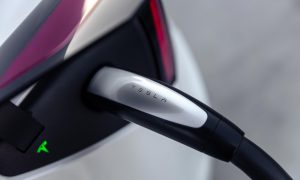
 News6 days ago
News6 days agoTesla to lose 64 Superchargers on New Jersey Turnpike in controversial decision
-
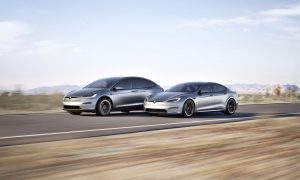
 News2 weeks ago
News2 weeks agoTesla’s new Model S and X spotted, but they leave a lot to be desired
-
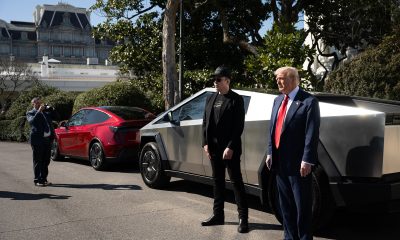
 Elon Musk2 weeks ago
Elon Musk2 weeks agoHow Tesla could benefit from the ‘Big Beautiful Bill’ that axes EV subsidies
-
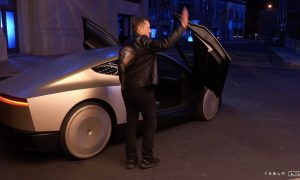
 Elon Musk2 weeks ago
Elon Musk2 weeks agoTesla set for ‘golden age of autonomous’ as Robotaxi nears, ‘dark chapter’ ends: Wedbush
-
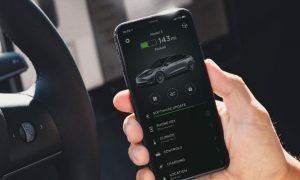
 News1 week ago
News1 week agoTesla gets major upgrade that Apple users will absolutely love
-
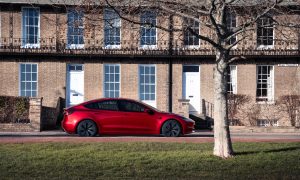
 News2 weeks ago
News2 weeks ago‘Tesla tax’ could be no more in United Kingdom
-
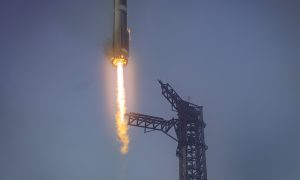
 Elon Musk2 weeks ago
Elon Musk2 weeks agoSpaceX Starship gets FAA nod for ninth test flight
-
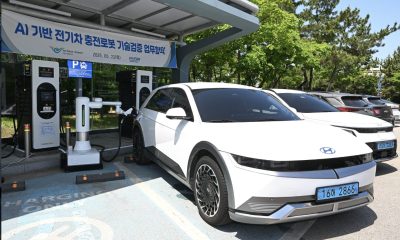
 News2 weeks ago
News2 weeks agoHyundai begins real-world testing of AI-powered EV charging robot

